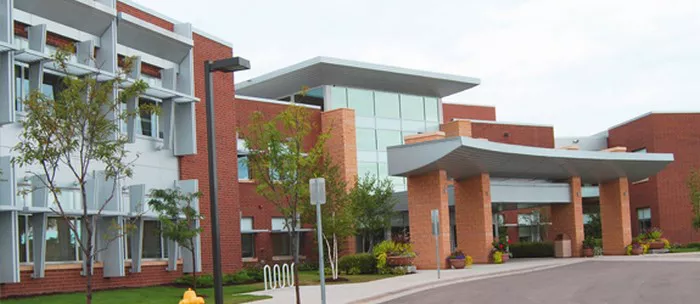Here is a comprehensive guide on how to get a US visa card, including an overview of the different types of US visas, eligibility and requirements, the application process, and fees and processing times. This guide aims to provide a thorough overview of the process for individuals seeking to visit, work, study, or live in the United States.
1. Types of US Visas
There are various types of US visas available depending on the purpose and duration of your visit. Here’s a brief overview of the main categories:
Tourist Visa (B-2): For individuals visiting the US for tourism, sightseeing, or recreational activities. Eligibility requirements include demonstrating a clear intent to return to your home country after your visit.
Business Visa (B-1): For individuals traveling to the US for business purposes, such as attending meetings, conferences, or conducting trade. Applicants need to show ties to their home country and a purpose for the business trip.
Student Visa (F-1, M-1, J-1): For individuals seeking to study in the US. F-1 visas are for academic studies, while M-1 visas are for vocational studies. J-1 visas are for exchange programs. Applicants must have been accepted by a US educational institution.
Work Visa: There are several types of work visas:
H-1B Visa: For individuals working in specialized occupations.
L-1 Visa: For intra-company transfers.
O Visa: For individuals with extraordinary ability in sciences, arts, education, business, or athletics.
E Visa: For treaty traders and investors.
Immigrant Visa (Green Card): For individuals seeking permanent residency in the US. Categories include family-sponsored, employment-based, and diversity lottery visas.
2. Eligibility and Requirements
Eligibility for a US visa varies depending on the type of visa you are applying for. Here are some general factors that determine eligibility:
Nationality: Your country of origin may affect your eligibility for certain visas, especially in categories like the diversity lottery.
Purpose of Travel: Clearly define your purpose of travel, whether it is for tourism, business, education, work, or immigration.
Financial Stability: Demonstrate that you can support yourself financially during your stay in the US.
Here are some required documents for visa applications:
Passport: A valid passport with at least six months of validity remaining beyond your planned stay in the US.
Visa Application Form: Complete the appropriate visa application form for your visa category.
Photos: Provide passport-sized photos that meet US visa photo requirements.
Financial Statements: Bank statements or other evidence of financial stability may be required.
Supporting Documents: Depending on the visa type, you may need additional documents such as letters of invitation, employment offer letters, or academic acceptance letters.
In addition, you may need to obtain police clearance certificates and undergo medical examinations. Check with the US embassy or consulate for specific requirements based on your visa type.
3. Application Process
Here’s a step-by-step guide on how to complete the US visa application form:
Complete the Online Application Form: For non-immigrant visas, complete the DS-160 form online. For immigrant visas, complete the DS-260 form.
Schedule an Appointment: After completing the form, schedule an appointment for an interview at the US embassy or consulate in your country.
Pay the Visa Fee: Pay the visa application fee, which varies depending on the visa type.
Prepare for the Interview: Gather all required documents, including your passport, photos, and supporting documents.
Attend the Interview: Attend your scheduled interview at the embassy or consulate. You may be asked questions about your purpose of travel, ties to your home country, and other factors relevant to your visa application.
Wait for Processing: After the interview, your application will be processed, and you will receive a decision. This may take a few days to several weeks.
4. Fees and Processing Times
Visa Application Fees: Visa application fees vary depending on the type of visa you are applying for. Non-immigrant visa fees range from $160 to $265. Immigrant visa fees are typically higher.
Processing Times: Processing times vary depending on the type of visa and the embassy or consulate where you apply. Non-immigrant visas can take a few days to several weeks, while immigrant visas may take several months to over a year.
Tracking Application Status: You can track the status of your application online using the CEAC Visa Status Check tool.
Conclusion
By understanding the different types of US visas, eligibility and requirements, application processes, and fees and processing times, you can better navigate the process of obtaining a US visa card. Always refer to official resources and the US embassy or consulate in your country for the most up-to-date information and guidance.




















